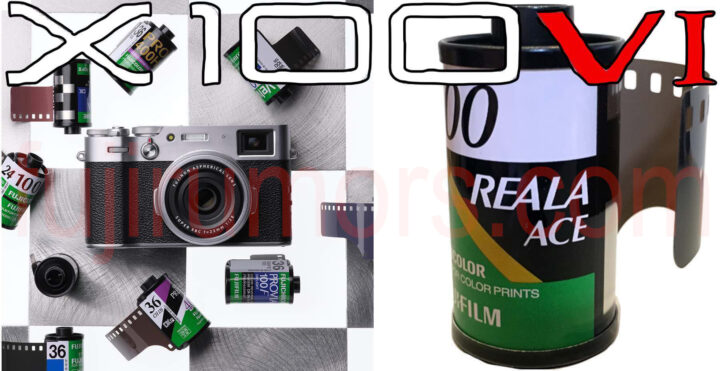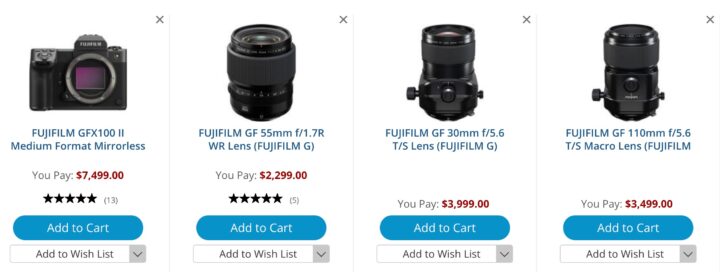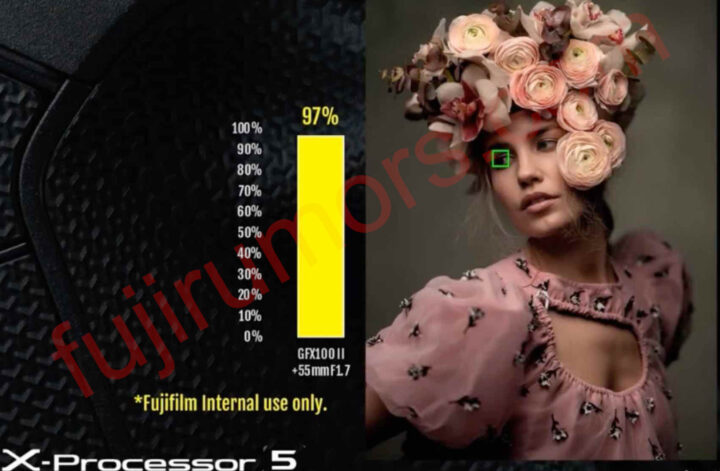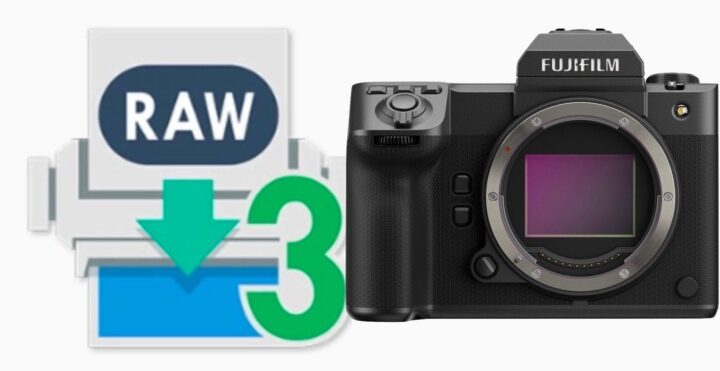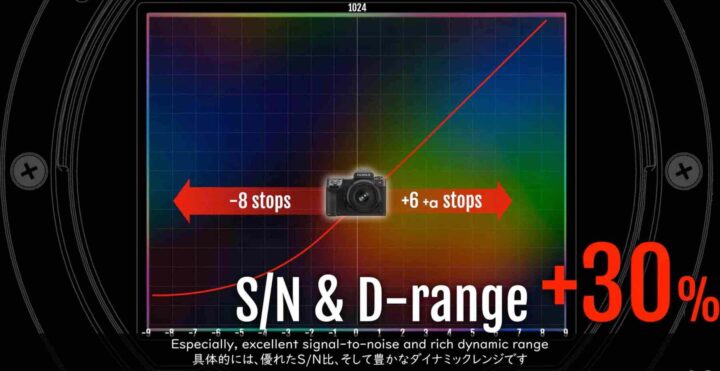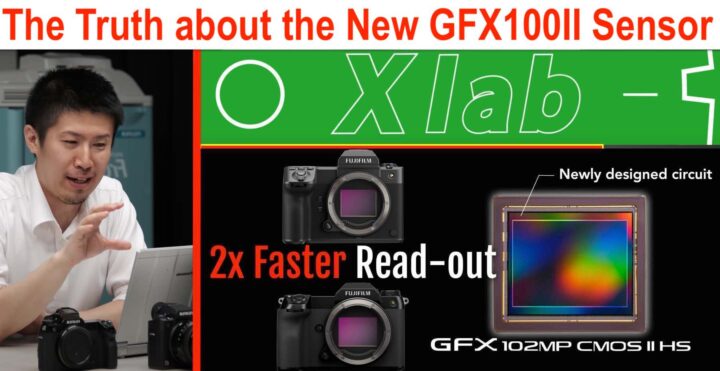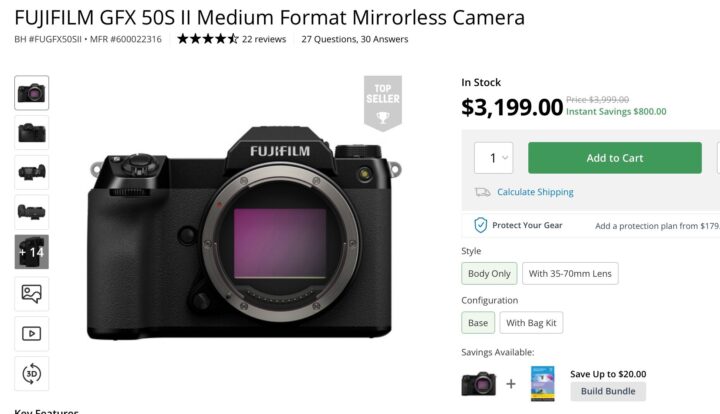Fujifilm X100VI Coming with with REALA ACE Film Simulation… and About Reala Ace Being Possible only with GFX100II Sensor
- ❤️ Fujifilm Film Simulation Group (100% Fuji Colors Power)
The Fujifilm X100VI will be Fujifilm’s first APS-C camera to feature the new REALA ACE film simulation.
Some of you might think that’s an obvious rumor. But others might think it can’t be true.
And the reason why some might think it can’t be true, is because when the Fujifilm GFX100 II was launched, Fujifilm engineers said this during the X summit about the new Reala Ace film simulation:
The new GFX100II sensor is the best fit Reala Ace. Without this sensor, we are not able to realize REALA film simulation in it
But according to our sources, what Fujifilm said is not true. Or maybe Fujifilm just used a very unlucky and confusing formulation.
Because Fujifilm is able to realize Reala Ace also without the Fujifilm GFX100II sensor and the first camera (besides GFX100II) to have it will be the Fujifilm X100VI.
Maybe it would have been better phrased if Fujifilm would have said like back then during the Fujifilm GFX100S and Nostalgic Negative launch:
For nostalgic negative, Fujifilm needs large sensor. It can’t be implemented simply to APS-C. Fujifilm needs more time to develop Nostalgic Negative for the APS-C system.
Now let’s cross fingers that Reala Ace will come via firmware update also to all other 5th generation Fujifilm cameras.
Film Simulation Articles
- Why Fujifilm’s Film Simulation Matter also for RAW Shooters (Including the New REALA)
- Which Film Simulation Would You Like to Get Next?
- Welcome to the World of VELVIA Film Simulation
- Fujifilm Asks What’s Your Favorite Film Simulation (and I Tell You Mine)
- REALA ACE – The Best Fujifilm Film Simulation So Far
Watch the Video for Great Landscape and Sunrise on the Dolomites

